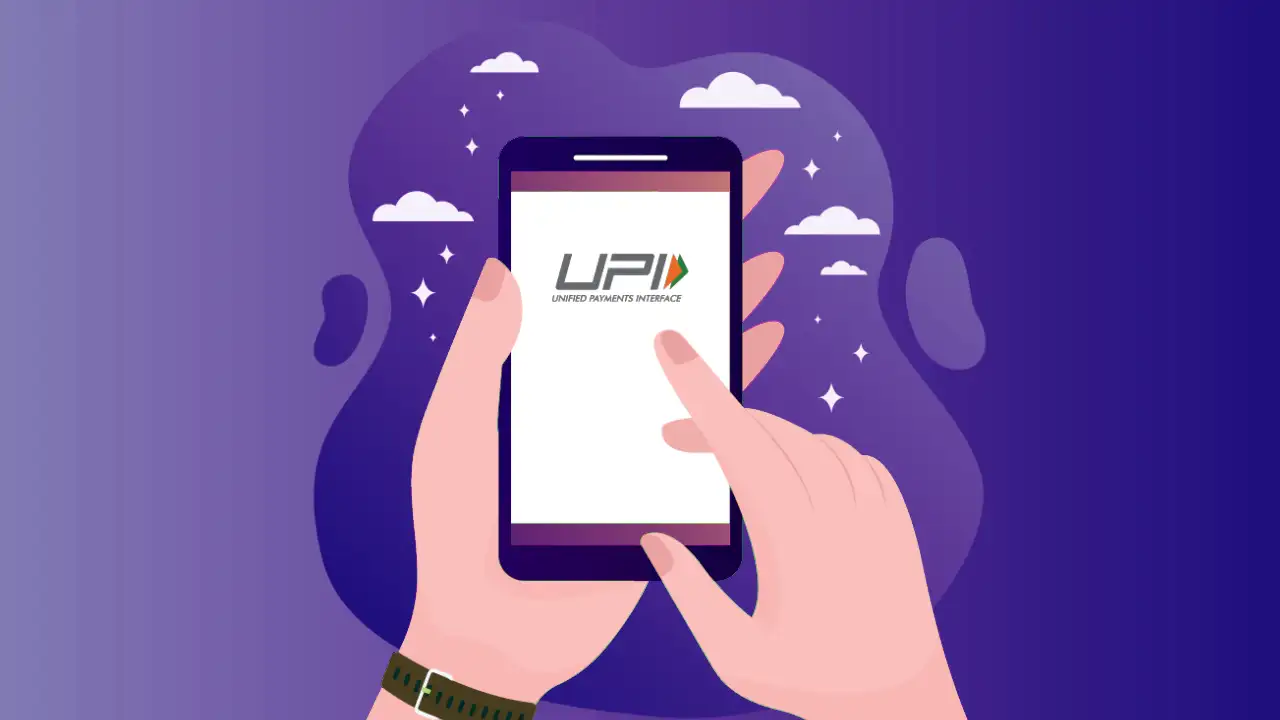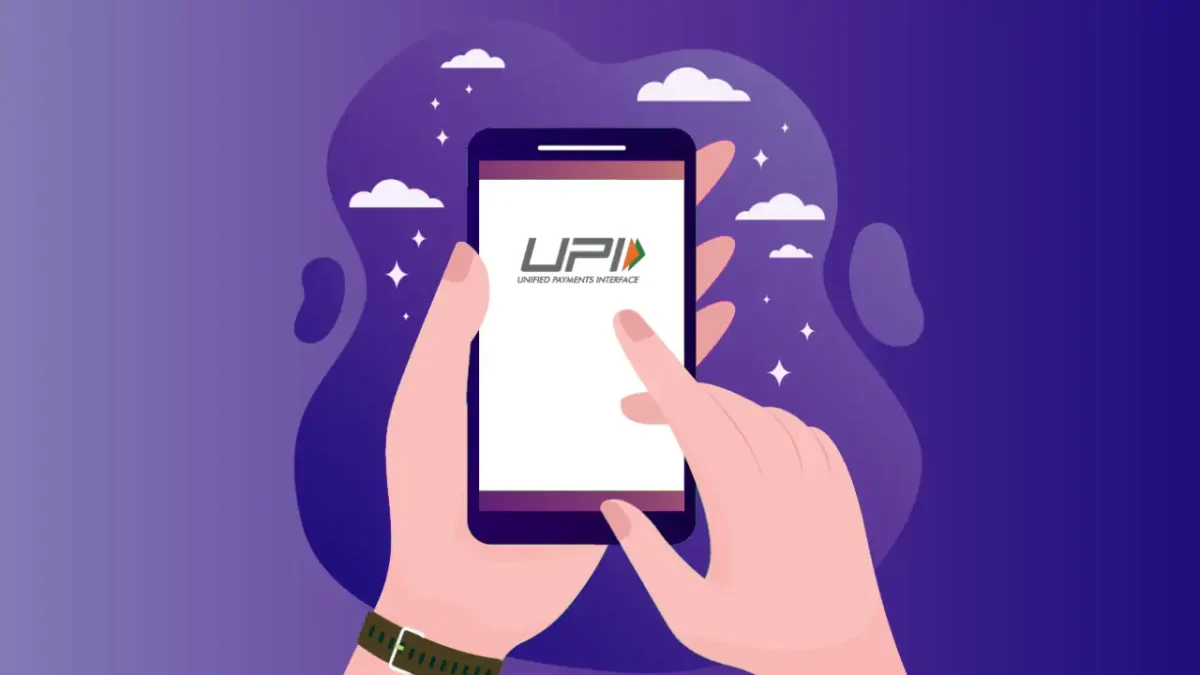
Who Invented UPI Payment System? UPI Full Form and How UPI Works?

In today’s digital era, making payments and transferring money has never been easier, thanks to the UPI, later in post we’ll know UPI full form as well. UPI revolutionized the way we conduct financial transactions in India. Let’s explore the intriguing story of who invented the UPI payment system and unveil the full form of UPI.
Table of Contents
The Birth of UPI
The UPI payment system was conceptualized and developed by the National Payments Corporation of India (NPCI). This innovative platform was launched on 11th April 2016, and its primary purpose was to simplify peer-to-peer and peer-to-merchant transactions by providing a single interface for all Indian banks.
The driving force behind UPI’s creation was the need to create a seamless and instant payment system that would replace traditional methods such as NEFT and RTGS. UPI aimed to bring banking services to the fingertips of every Indian with a smartphone.

The Visionaries Behind UPI
While the development of UPI was a collaborative effort involving many brilliant minds in the field of finance and technology, one individual stands out for his pivotal role: Nandan Nilekani. He is a renowned Indian entrepreneur and the co-founder of Infosys, one of India’s largest IT services companies.
Nandan Nilekani was appointed as the Chairman of the High-Level Committee on Digitization of Payments by the Reserve Bank of India (RBI). Under his leadership, the committee recommended the creation of a user-friendly payment system that would simplify financial transactions for Indians across the country.
Nilekani’s vision and expertise played a crucial role in shaping the UPI as we know it today. His commitment to driving financial inclusion and ensuring that even the most remote regions of India could participate in the digital economy was instrumental in the development of UPI.
10 Divine Vahanas of Hindu Gods and Deities You Must See!
7 Over-Hyped Things In Indian Society We Must Know!
UPI Full Form
UPI stands for “Unified Payments Interface.” This name perfectly encapsulates the essence of the system, which is to provide a unified and seamless platform for conducting various types of payments. Whether you need to send money to a friend, pay bills, shop online, or make transactions at a local store, UPI simplifies it all.
How UPI Works
UPI operates on a unique system where users create a virtual payment address (VPA), which is linked to their bank account. This VPA serves as a personalized identifier, eliminating the need to share sensitive bank details. To make a payment, you only need to know the recipient’s VPA, making transactions as easy as sending an email.
Once the payment is initiated, it is processed in real-time, ensuring that the funds are transferred instantly. UPI supports various payment methods, including person-to-person (P2P) transfers, person-to-merchant (P2M) payments, bill payments, and more.

The Impact of UPI
Since its inception, UPI has witnessed exponential growth and has become the preferred mode of digital payments for millions of Indians. It has significantly contributed to the government’s vision of a cashless economy and financial inclusion. With UPI, even individuals in rural areas with limited access to traditional banking services can participate in the digital financial ecosystem.
Conclusion:

UPI is a game-changer in the world of digital payments, simplifying financial transactions and empowering individuals across India. Its visionary creator, Nandan Nilekani, played a pivotal role in its development, and the full form, Unified Payments Interface, aptly reflects its mission to unify and simplify payments. UPI’s impact on the Indian economy is undeniable, and it continues to evolve, bringing convenience and financial inclusion to millions.




